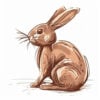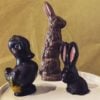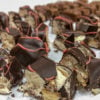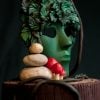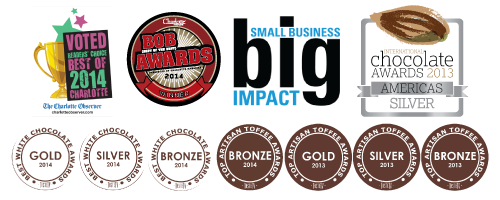We all love our candies, our chocolates, but have you gone as far as to investigate why? What part of a favorite chocolate creation is your desire peaked?
Getting to Know Your Chocolate Desserts
As we do tea and wine tastings, pairing with rich and delicate chocolates we are becoming more attuned to the complex nature of our perceptions. The complex nuances of chocolate and it’s behavior by itself and intertwined with other lovely accompaniments.
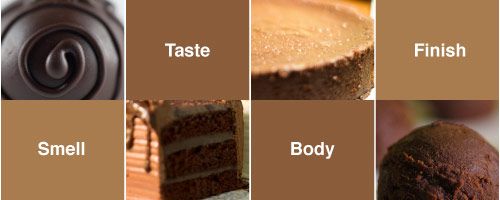
Tasting Homemade Chocolate Goodies
We’re going to focus here on tasting products, not just bars or bits. There are a lot of articles out there for how to taste chocolate in general. We’re going to run through general palate building as it relates to some of what we do. You can then apply that to a horizontal tasting with other like products.
Taking the Time to Taste
- Tasting is Personal.
- Does It Look Good? Appearances.
- The Light Aromatics, Smell.
- Take a Bite and Be Slow About It, Taste.
- Let It Roll Around. Find the Body.
- It Might Be Over but What’s the Finish?
First realize that tasting is an internal affair, that is easily swayed by outside forces. You don’t have to have a strict environment but the more you are able to control the wafting aromatics or descriptive chatter the more you will find your own conclusions.
When possible, talk later, taste in quiet.
Well produced chocolates have a nice luster/shine to them and the texture looks uniform.
The color is not indicative truly indicative of anything. Chocolate can also have either the sugar or the fat “bloom” giving it a different exterior texture but it still quite safe to eat.
Take into account what you are seeing so you can cross reference any look with a particular upcoming experience.

Whether you have a chocolate cake, dense torte, or the outer shell of a yet to be bitten truffle, get close to it and breath. Chocolate can have many different aromatics.
The roast levels, bean varieties, and final preparation methods will lend considerable differentiation between smells. Because you are not combining your palate with your olfactory though the equation at this point can seem distant.
Take a moment and catalog some of the aromas you might be smelling. For guidance for beginners here’s a coffee descriptor wheel. It’s not perfect but it will provide a framework.
If you are sampling items with chocolate shells we recommend smelling them again once you have broken the shells. Chocolate coatings invariably block the total experience but are good to sense on their own.
This is a special moment. The first bite. How did the chocolate torte yield? Did the truffles coating crack then satisfaction with the clean bite? Was the cake against your lips soft and was the icing smooth?
Good kinesthesia is important to an experience and tells on how the products built.
Don’t forget to breath. No, really. It’s a key part to tasting things. We only know flavors when our olfactory and taste buds combine their information. Hence why when you are sick everything seems off.
Now breath and ponder.
Again consider the flavor wheel if you need.


Pay attention to texture. Products that have a low cocoa butter content, or have some poor replacement fat (vegetable) choices will yield a grainy product. Higher contents and butters will give a smoother result. Going beyond smooth will usually yield something more oily.
Examine how the eating of the dessert makes your mouth feel. Does it coat or take coating? Slick or dry? What descriptions can you come up with?
Well that was nice. Were you quiet and taking a field trip in your mind to a landscape created by the complex signals entering your head? Before it fades what is left behind? Go back over the mouthfeel and flavors that are fading but echoing. Do they linger? Is it gone? Do any notes pop out particularly well or new things you didn’t notice before?
The finish can define that desire for one more or the idea that one was enough.
Chocolate, Good.
After all of that you should have some better ideas why you like the chocolate treat you do. When you start to value what you like it’s an easy beginning along a very pleasurable road to finding out more about yourself and your relationship to other things. I like to think that palate building opens a lot of doors in your life and hope that by exploring the pleasures of the taste you will continue the journey.
Our family strives to build amazing experiences. By culminating the wonders of palate and desire we craft some chocolate treats that can bring a smile.
-Andy


